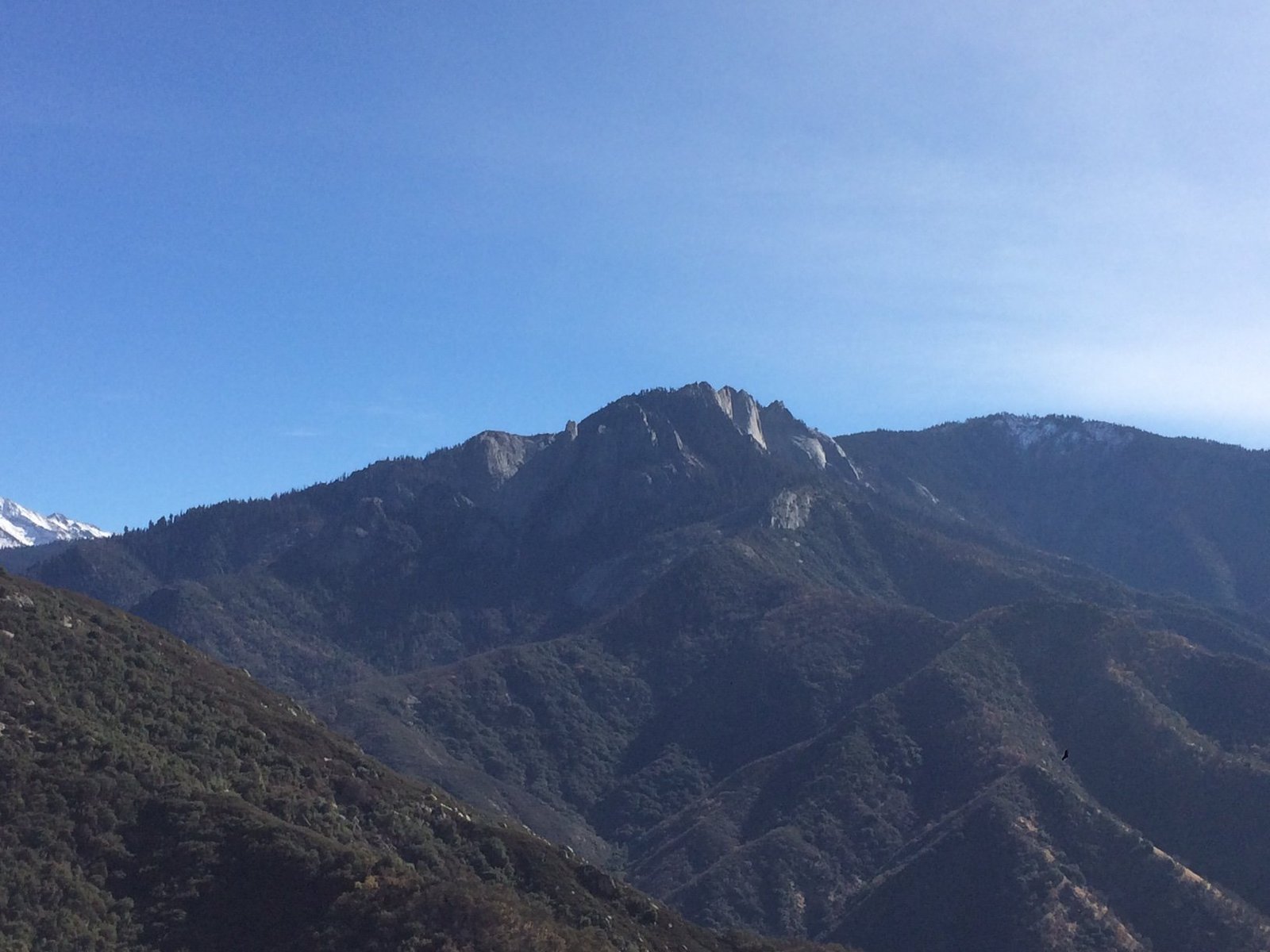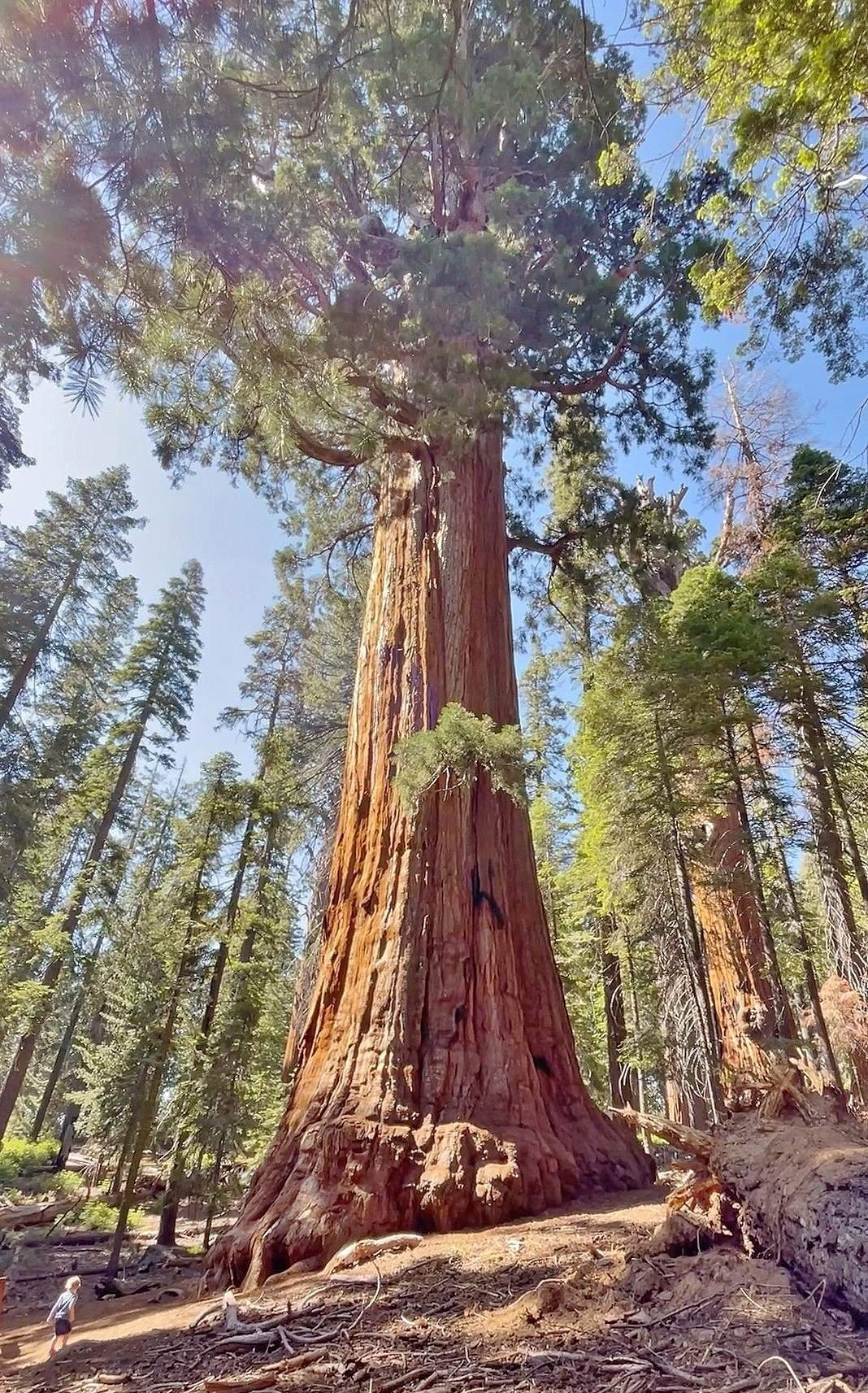Sequoia National Park’s lupine season is a spectacular display of nature’s beauty, transforming the landscape into a sea of purple and blue hues. This annual event attracts nature enthusiasts and photographers from around the world. The lupine bloom in Sequoia National Park typically begins in late February or early March in lower elevations and extends into late spring at higher altitudes. Visitors can witness this stunning floral display across various locations within the park, each offering unique viewing experiences and hiking opportunities.
When Does the Lupine Season Start in Sequoia National Park?

The lupine season in Sequoia National Park varies depending on elevation and weather conditions. Here’s a breakdown of the bloom timeline:
- Low Elevation Areas (Below 5,000 feet):
- Bloom Start: Late February to early March
- Peak Bloom: Mid-March to early April
- Mid Elevation Areas (5,000-7,000 feet):
- Bloom Start: Late April to early May
- Peak Bloom: Mid-May to early June
- High Elevation Areas (Above 7,000 feet):
- Bloom Start: Late May to early June
- Peak Bloom: Mid-June to early July
Factors influencing the bloom:
1. Winter precipitation
2. Spring temperatures
3. Snowmelt timing
Where Are the Best Spots to View Lupines in Sequoia National Park?

Sequoia National Park offers several prime locations for viewing lupines during their blooming season:
- Wawona Region:
- Accessibility: Easy
- Parking: Available near Wawona Visitor Center
-
Trails: Cook’s Meadow Loop
-
Valley Floors:
- Areas: Along Highway 168 in lower Kings River areas
- Accessibility: Moderate
-
Parking: Available along roads and near trailheads
-
Kings Canyon National Park (adjacent to Sequoia):
- Location: Lower elevations along Highway 180
- Highlight: Zumwalt Meadow area
- Parking: Available near Zumwalt Meadow trailhead
| Location | Elevation | Best Viewing Time | Accessibility |
|---|---|---|---|
| Wawona Region | Low | March-April | Easy |
| Valley Floors | Low-Mid | April-May | Moderate |
| Kings Canyon | Low-Mid | April-May | Easy-Moderate |
What Are the Must-Visit Trails for Lupine Viewing?
- Cook’s Meadow Loop:
- Length: 2 miles
- Difficulty: Easy
- Features: Lupines, cow parsnip, scenic meadow views
-
Amenities: Restrooms, parking near Wawona Visitor Center
-
Zumwalt Meadow Trail:
- Length: 1.5 miles
- Difficulty: Easy
- Features: Lupines, diverse wildflowers, meadow vistas
-
Amenities: Restrooms, parking at trailhead
-
Highway 168 and San Joaquin River Gorge Trails:
- Length: Varies
- Difficulty: Easy to Moderate
- Features: Lupines along river canyons and meadows
- Amenities: Parking along roads and near trailheads
How Can Visitors Prepare for the Lupine Season?
To make the most of your lupine viewing experience in Sequoia National Park, consider the following tips:
- Timing Your Visit:
- Check park updates for current bloom conditions
- Plan for mid-season visits for optimal viewing
-
Be flexible with dates, as bloom times can vary
-
Photography Tips:
- Bring a wide-angle lens for landscape shots
- Use a macro lens for close-up flower details
-
Visit during golden hour for best lighting
-
Hiking Essentials:
- Wear sturdy hiking boots
- Bring plenty of water and snacks
-
Pack layers for changing weather conditions
-
Responsible Viewing:
- Stay on designated trails
- Do not pick or trample flowers
- Practice Leave No Trace principles
What Other Wildflowers Accompany Lupines in Sequoia National Park?
While lupines are the star attraction, Sequoia National Park boasts a diverse array of wildflowers during the spring and early summer:
- California Poppy (Eschscholzia californica)
- Mariposa Lily (Calochortus)
- Indian Paintbrush (Castilleja)
- Shooting Star (Dodecatheon)
- Western Columbine (Aquilegia formosa)
These flowers create a colorful tapestry alongside the lupines, enhancing the overall viewing experience.
How Does Climate Change Affect the Sequoia National Park Lupine Season?
Climate change is having a noticeable impact on the lupine season in Sequoia National Park:
- Shifting Bloom Times:
- Earlier spring thaws lead to earlier bloom starts
-
Unpredictable weather patterns cause fluctuations in bloom duration
-
Elevation Changes:
- Some species are moving to higher elevations as temperatures warm
-
This may alter the composition of lupine fields over time
-
Drought Effects:
- Prolonged dry periods can reduce lupine populations
- Changes in precipitation patterns affect bloom intensity
Researchers and park officials are closely monitoring these changes to better understand and manage the park’s ecosystems.
What Conservation Efforts Support the Lupine Ecosystem in Sequoia National Park?
Sequoia National Park implements several conservation strategies to protect its lupine and wildflower populations:
- Habitat Preservation:
- Maintaining natural meadow ecosystems
-
Controlling invasive plant species
-
Visitor Education:
- Informational signage about flora and responsible viewing
-
Ranger-led programs on park ecology
-
Scientific Research:
- Ongoing studies on climate change impacts
-
Monitoring of lupine populations and distribution
-
Restoration Projects:
- Reintroduction of native plant species
- Erosion control in sensitive areas
By understanding and supporting these efforts, visitors can contribute to the long-term health of Sequoia National Park’s lupine ecosystem.
The Sequoia National Park lupine season offers a breathtaking natural spectacle that showcases the beauty and diversity of California’s flora. By planning your visit carefully, respecting the environment, and engaging with the park’s educational resources, you can fully appreciate this magnificent annual event while contributing to its preservation for future generations.
References:
1. https://californiahighsierra.com/trips/when-where-wildflowers-high-sierra/
2. https://www.frommers.com/destinations/sequoia-and-kings-canyon-national-parks/a-nature-guide/the-flora
3. https://www.nps.gov/seki/learn/nature/wildflowers.htm
